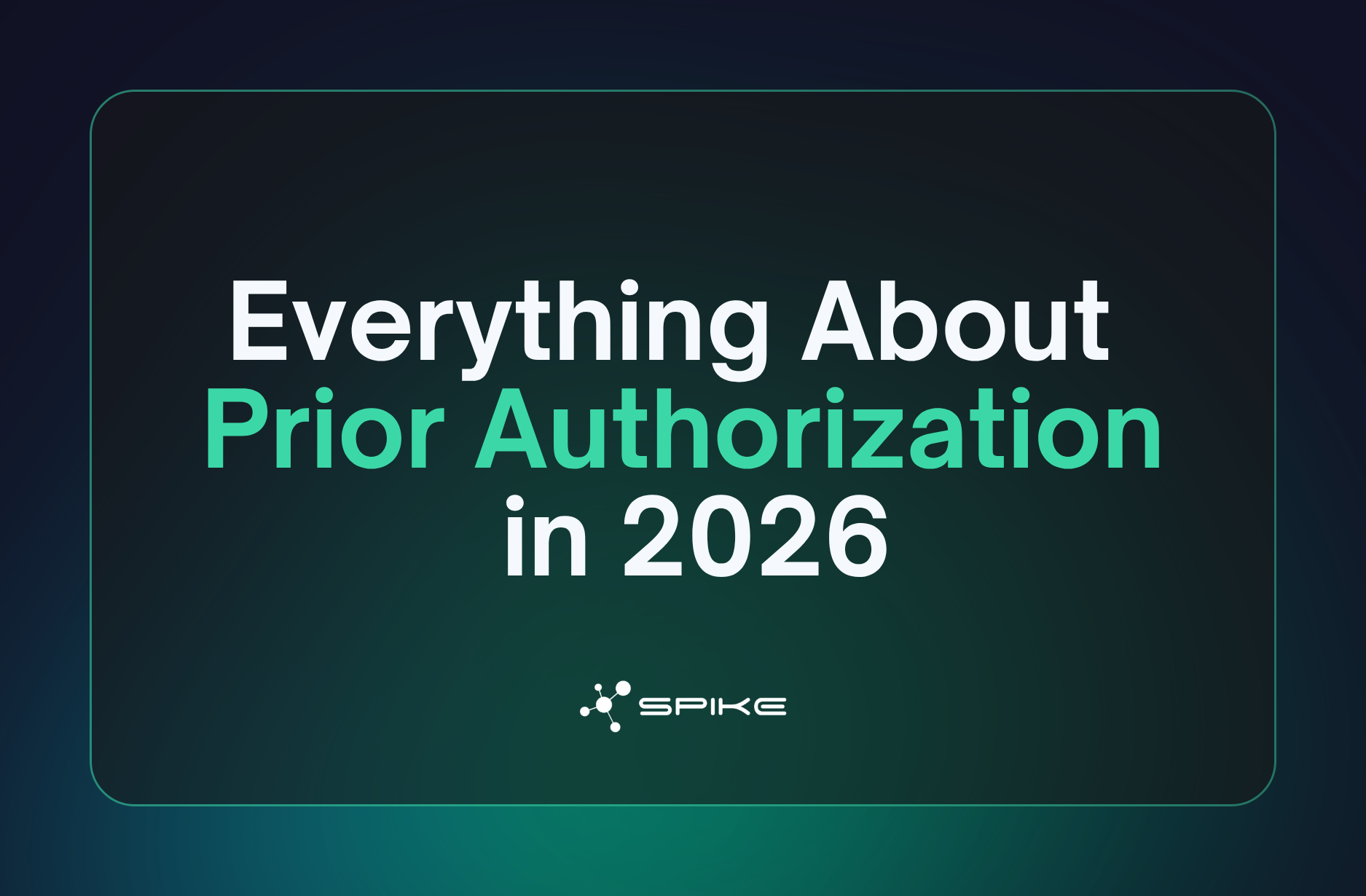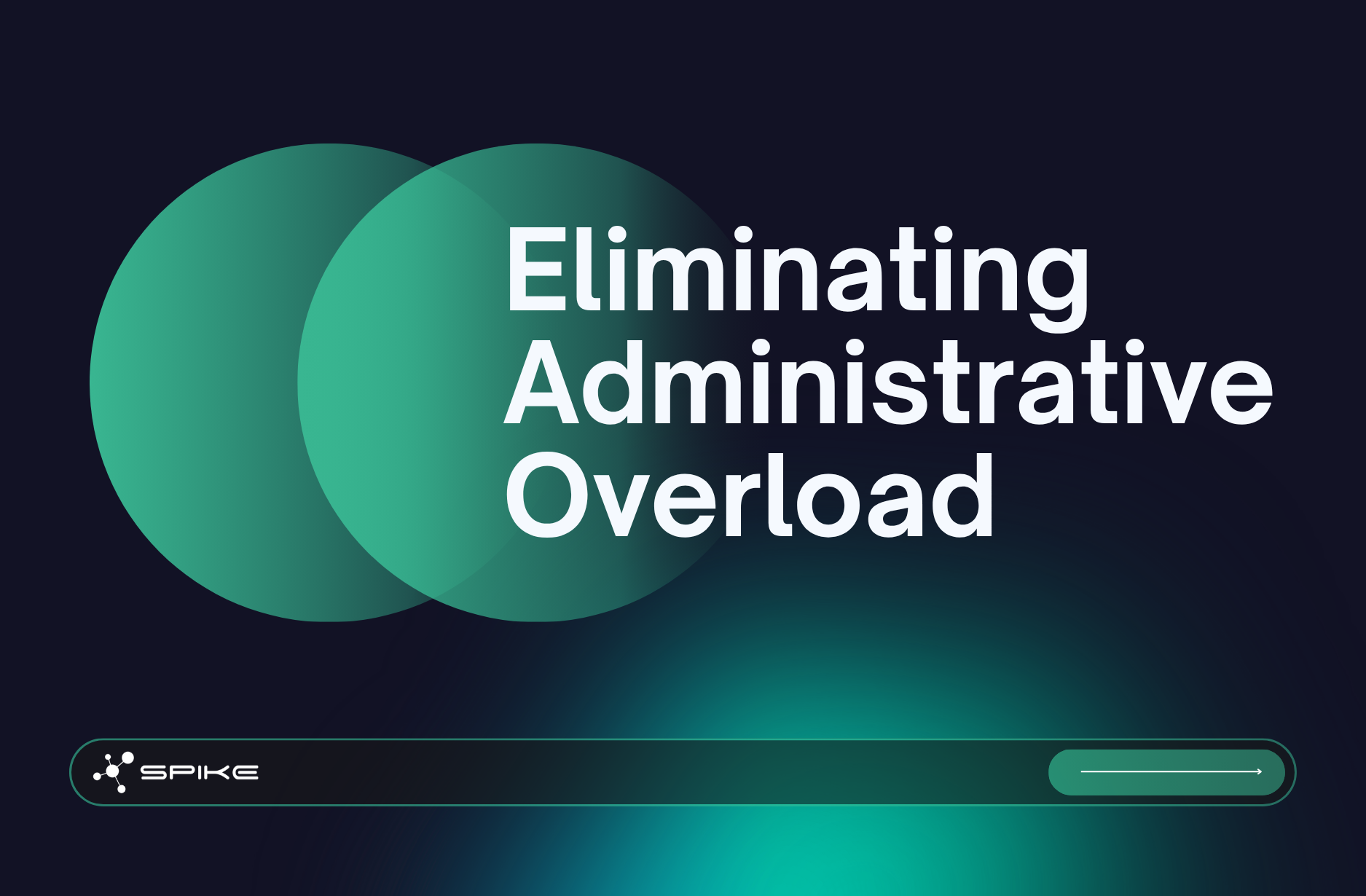5 Signs Your PT Practice Needs AI Administrative Support

Quick Learnings
Your clinic is busy. Therapists are booked solid, patients keep calling, and revenue looks healthy on paper. But behind the scenes, your administrative team is stretched impossibly thin, and inefficiencies are quietly costing you thousands every month. How do you know when it's time to bring in AI support?
If you're experiencing any of these five warning signs, your practice could benefit significantly from autonomous AI agents that handle insurance verification, patient coordination, and administrative workflows while your team focuses on what matters most.
Sign #1: Your Staff Spends More Time on Hold Than Helping Patients
Walk through your clinic during a typical morning. How many staff members are on the phone with insurance companies, waiting in phone tree purgatory, or toggling between multiple payer portals trying to verify benefits?
What this looks like in practice:
Your front desk coordinator arrives at 8 AM and immediately starts calling insurance companies to verify benefits for new evaluations. By 10 AM, she's completed two verifications and has four more to go. Meanwhile, the phone is ringing constantly with scheduling requests, and patients arriving for appointments are waiting to check in.
Your billing specialist spends 45 minutes on hold trying to check the status of a denied claim from two weeks ago. When she finally reaches someone, she's told to call a different number. The cycle repeats.
The hidden cost: If your staff spends 30-40% of their time on insurance-related phone calls, you're essentially paying for half an employee just to navigate payer bureaucracy. For a clinic with three administrative staff members, that's at least $40,000-$60,000 annually spent on hold time alone.
How AI Agents solves this: Marcus, Spike's insurance and authorization specialist, makes these calls autonomously. He navigates phone trees, verifies eligibility, checks claim status, and updates your EMR automatically. Your staff never spends another minute on hold with insurance companies.
Sign #2: January (or Any Benefit Reset Period) Creates Total Chaos
Every year, the calendar flips to January and your clinic enters crisis mode. Insurance benefits reset, deductibles start over, authorization limits renew, and you need to reverify coverage for your entire active patient base.
What this looks like in practice:
Your team knows what's coming. In December, you start planning how to handle the January reverification workload. Someone will need to work overtime & new staff will be hired for this project. Scheduling new patients might need to slow down because you can't verify their benefits quickly enough.
Despite everyone's best efforts, patients fall through the cracks. Someone shows up for their appointment only to learn their new plan doesn't cover your clinic. A patient reaches their visit limit that nobody knew had reset differently this year. Claims get denied because benefits weren't reverified before services were rendered.
The hidden cost: The January reverification crunch doesn't just cost you overtime wages. It costs you new patient opportunities you can't accept because you're drowning in reverifications. It costs you claim denials and the staff time to appeal them. It costs you patient satisfaction when coverage surprises create billing issues.
How AI Agent solves this: Health Ops by Spike handles annual benefit reverifications autonomously. Systematically calling insurance companies for every active patient, verifying updated benefits, and updating your EMR with current information. Health Ops by Spike can process hundreds of verifications simultaneously, completing in days what would take your staff weeks or months. Spike is currently offering a trial specifically for January 2026 reverifications so clinics can experience this firsthand during the busiest verification period of the year.
Sign #3: No-Shows and Last-Minute Cancellations Are Draining Revenue
You look at your schedule and see a full day of appointments. Then reality hits. Two patients no-show without calling. Three cancel with less than two hours' notice. Your therapists have unexpected gaps in their schedule that are impossible to fill on such short notice, and the revenue you budgeted for today just evaporated.
What this looks like in practice:
Your 9 AM evaluation doesn't show up. Your front desk calls at 9:15 and leaves a voicemail. At 10:30, you get a call back saying they forgot and asking to reschedule. But your evaluation slots are booked solid for the next week and a half.
Your 2 PM patient texts at 1:45 PM that something came up and they need to cancel. Your front desk scrambles to call patients who might want an earlier appointment, but everyone they reach is at work and can't come in on 15 minutes' notice. The slot stays empty.
By the end of the week, you've lost 8-10 appointment slots to no-shows and last-minute cancellations. That's 8-10 hours of therapist time that generated zero revenue but still cost you in overhead and wages.
The hidden cost: If your clinic experiences a 10-15% no-show and late cancellation rate, that's potentially $75,000-$150,000+ in lost annual revenue for a practice with three therapists. Beyond the direct revenue loss, these gaps create scheduling inefficiencies, frustrate your therapists who could have treated other patients, and waste the administrative time spent originally scheduling those appointments.
Even worse, patients who no-show once are more likely to do it again or drop out of care entirely, impacting their outcomes and your ability to complete their plan of care.
How AI Agent solves this: Lucy can call each patient at optimal intervals: 72 hours before, 24 hours before, and 2 hours before appointments. These aren't generic reminders. They're personalized messages that include the patient's therapist name, appointment time, and location details.
When a patient indicates they can't make their appointment, Lucy immediately offers alternative times based on real-time schedule availability. If they confirm a reschedule, it's updated in your EMR instantly. If they cancel, Lucy activates your waitlist management system.
Here's where it gets powerful: Lucy maintains a waitlist of patients who want earlier appointments. The moment a cancellation happens, she immediately reaches out to waitlist patients offering the newly available slot. Many times, these slots get filled within minutes rather than sitting empty.
That's hundreds of hours of recovered therapist time and tens of thousands in recovered revenue annually.
Sign #4: After-Hours Calls Go Straight to Your Competitors
Your clinic closes at 6 PM. At 7:15 PM, a patient's knee starts bothering them after their evening workout. They want to schedule an appointment. They call your clinic and get voicemail. They call the PT clinic down the street and also get voicemail. They search "physical therapy near me" on their phone and find a clinic with online scheduling. They book there instead.
What this looks like in practice:
You arrive Monday morning to find eight voicemails from the weekend. There are people wanting to schedule. Two already mention they "found somewhere else" when they couldn't reach you.
Your front desk returns calls Monday morning, but two of the three people who wanted appointments have already booked with competitors.
The hidden cost: Every missed scheduling call is lost revenue you'll never recover. If you're missing 10-15 after-hours scheduling opportunities per week at an average evaluation value of $150-200, that's $78,000-$156,000 in annual lost revenue. And that's just evaluations, not counting the follow-up visits you would have generated & lost admin time trying to call back.
How AI solves this: Lucy, Spike's patient care coordinator, can answer calls 24/7 in multiple languages. When that patient calls at 7:15 PM about their knee, Lucy answers immediately, understands their needs, checks your real-time availability, and books them with your knee specialist for the next available appointment. She confirms all information and updates your EMR. You arrive in the morning to find the appointment already scheduled and confirmed.
Sign #5: Your Schedule Looks Full but Revenue Doesn’t Match
On paper, your clinic appears busy: therapists are booked, schedules look packed, and every week seems like it should be one of your highest-grossing. But when you review your monthly financials, the revenue simply doesn’t align with the apparent volume. Hidden inefficiencies are quietly draining thousands from your practice.
What this looks like in practice:
- Your therapists’ schedules show 90–95% utilization, but no-shows and late cancellations leave unexpected gaps that your team can’t fill in time.
- Patients reschedule frequently, leading to uneven visit distribution and missed plan-of-care milestones.
- Insurance verifications lag behind, delaying billing. Claims sit in draft status for days (or weeks) because your admin team is overloaded.
- Your billing staff is constantly “catching up,” causing delays in submitting clean claims and slowing cash flow.
The hidden cost:
A clinic can look fully booked while actually losing $8,000–$20,000+ per month in unrealized revenue due to:
- unused treatment slots
- delayed billing
- claims not submitted on time
- low therapist utilization caused by preventable schedule gaps
Even a few unfilled 30–60 minute blocks per day accumulate into massive annual revenue loss, often $100,000–$250,000 for small to mid-size practices.
How AI Agents solve this:
Lucy and Marcus eliminate the bottlenecks that create the illusion of productivity while revenue stalls.
- Lucy aggressively manages cancellations, instantly fills openings from the waitlist, and optimizes schedule utilization.
- Marcus verifies benefits immediately, ensures authorizations are active, and prepares claims so billing can happen the moment documentation is completed.
Your schedule starts to reflect true productivity, and revenue finally catches up with your clinic’s actual workload.
What Comes Next: Taking the First Step
If you recognized your clinic in two or more of these signs, you're experiencing the administrative overload that AI agents are specifically designed to eliminate.
Health Ops by Spike integrates with your existing EMR system and learns your workflows during calibration. Lucy and Marcus then work autonomously, handling insurance verification, authorization tracking, claim processing, and patient coordination without disrupting how your clinic operates.
The implementation is straightforward:
Initial consultation: Spike's team reviews your specific needs, your EMR system, your insurance networks, and your biggest administrative pain points.
Calibration period: Lucy and Marcus learn your practice patterns, documentation requirements, and preferences so they work exactly how your team would.
Autonomous operation: The AI agents begin handling administrative tasks on top of your EMR system, updating records in real-time as they complete verifications, secure authorizations, and coordinate with patients.
Many clinics start with the January 2026 benefit reverifications trial. It's a perfect opportunity to experience autonomous AI support during one of the most demanding administrative periods of the year and see exactly how many hours Health Ops by Spike saves your team.
Ready to eliminate administrative overload? Schedule a complimentary session with Spike's team to discuss your clinic's specific situation. Whether you're drowning in insurance calls, losing staff to burnout, or missing after-hours revenue opportunities, there's a clear path to getting those hours back.






